How washing machines work has become a staple of modern households. Which makes the once-difficult task of laundry easy. Very few people understand and know the inner workings of these essential machines. Our main goal in this blog post is to demystify the mechanics behind washing machines and provide a detailed breakdown of how they work. Whether you’re a curious homeowner or considering a new purchase, this guide will provide you with valuable insight into technology that will help keep your clothes clean and fresh.
Have you ever wondered what goes on inside that smooth exterior? A washing machine works on a pretty simple principle of combining water, detergent, and mechanical work. Embedded in the complex choreography of its components, each plays a vital role in the process.
At its core, how washing machines use and work is equipped with a drum. But it’s not just any drum. It is porous, allowing water to flow in and out, ensuring thorough penetration into the fabric.
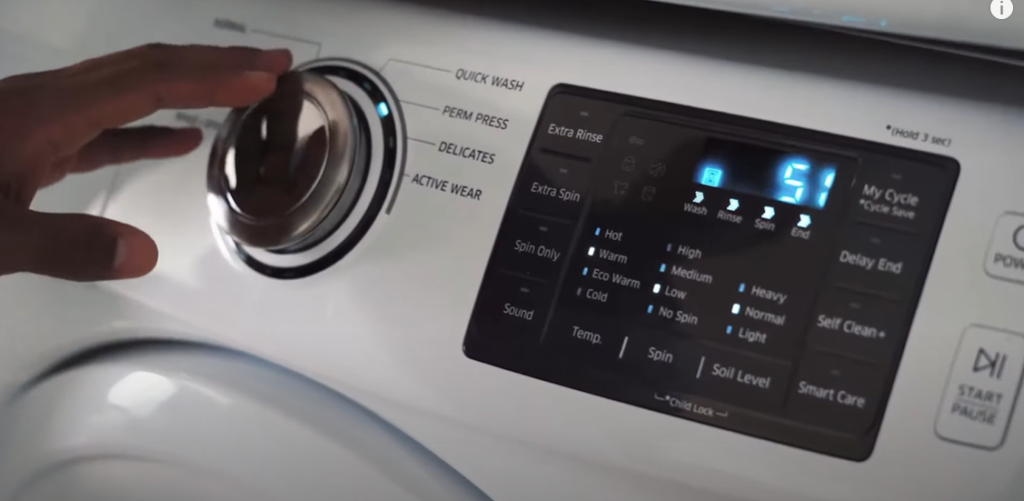
As the drum begins to rotate, water is pumped from the machine’s reservoir. But water alone is not enough to deal with stubborn spots and stains that accumulate on our clothes. This is where detergents enter the scene, mixing through a dedicated dispenser or directly into the drum.
Table of Contents
What Are the Different Parts of a Washer?
Understanding a washing machine’s different parts or settings can save you from any problems and help your machine run better.
It is important for you to understand the different parts of a washing machine in order to properly maintain and troubleshoot a washing machine.
The main component of the washing machine is the drum. The drum is where your clothes are stored. Front-loading washers have a horizontal drum, while a top-loading washing machine’s drum is the part of the washer that holds the clothes.

The agitator on a top-loading washing machine twists back and forth to move the clothes around. Front-loading washing machines, on the other hand, use a pulsator, which gently agitates the clothes. Also, the motor is a powerhouse of a washer. It depends on switching between high and low speeds.
How washing machines work? When the washing cycle is complete, the dirty water is drained from the drum. It carries with it the currently separated dirt. But our clothes are not quite ready to wear yet. Enter the rinse cycle, where fresh water is pumped through to wash away any remaining detergent residue. Leaves our garments clean and ready for the next step
How Do Washing Machines Work?
Let us talk about how washing machines work to get your clothes clean. It is all about three main things: water, detergent, and moving around.
The washing machine has become an important appliance for the modern household. These washing machines currently provide an efficient way to clean clothes. A better understanding of how these machines work will help you choose the best washing machine for your needs. So as per this blog poster guide, we will discuss mechanics and components in detail.
| Drum: The drum is a central component where your clothes are loaded. |
| Motor: The motor powers the rotation of the washing machine drum. |
| Water Inlet Valve: The function of the water inlet valve is to control the flow of water into the drum. |
| Pump: Drains water from the drum after each cycle. |
| Control System: The function of the control system is to manage various cycles through sensors and timers. |
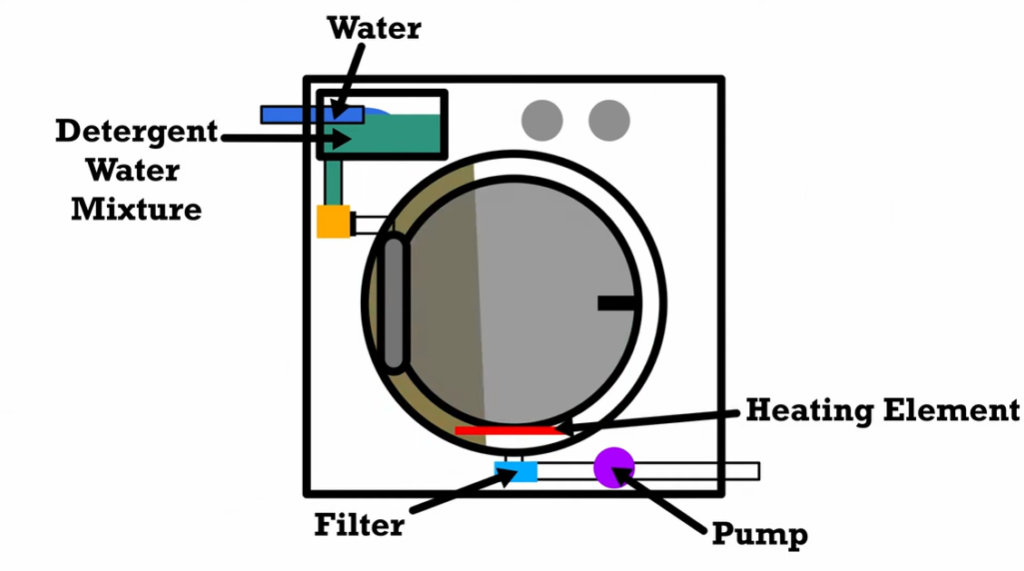
First, there is the drum. This is where your clothes hang out during their wash. It is special because it has holes that let water in and out, making sure your clothes get nice and soaked.
Then, water and detergent come into play. Water fills the drum, and the detergent is added in too. This mix is what gets rid of stains and smells on your clothes.
Now, here is where the real magic happens: the drum starts spinning. It is like a gentle massage for your clothes. This spinning helps shake out all the dirt and grime stuck in the fabric.
Nevertheless, we are not done yet! After the washing is done, the dirty water is drained out, taking the dirt and detergent with it. Then comes the rinse cycle. Fresh water comes in to wash away any leftover soap, leaving your clothes feeling clean and fresh.
How Do Front Load Washers Work
1. Loading: Loading how washing machines work is the first step to clean clothes. Start by sorting your laundry by color and fabric type to ensure the best results. Open the machine’s lid or door and place your sorted clothes inside the drum, making sure not to overload it.
Leave enough space for the clothes to move freely during the wash cycle. Once your laundry is loaded, add detergent to the designated dispenser or directly into the drum, following the manufacturer’s guidelines for the recommended amount. Close the lid or door securely, select your desired wash cycle and settings, and press start. And just like that, you’re on your way to fresh, clean clothes!
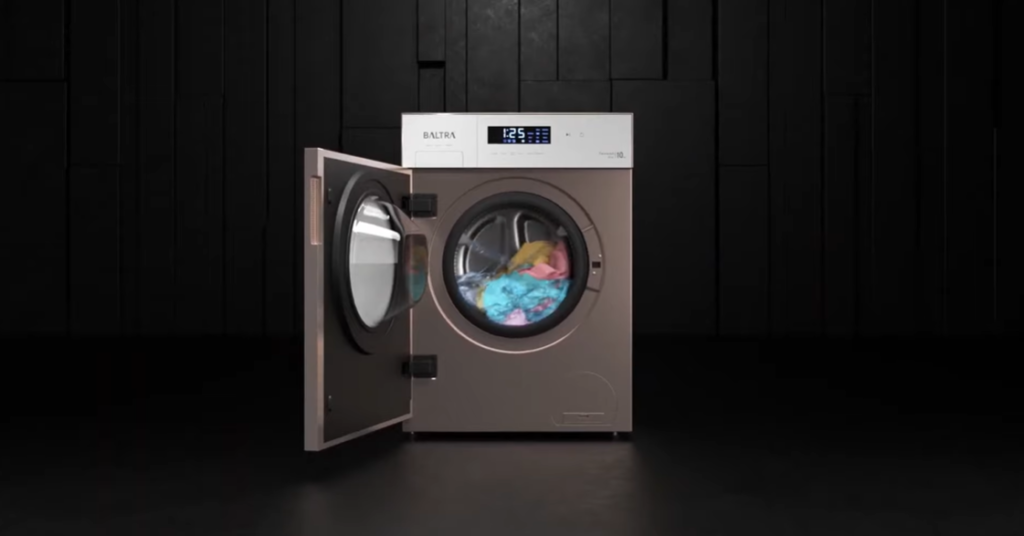
2. Water Intake: Let’s dive into how washing machines work an handles water intake in a natural and easy-to-understand way. When you start a wash cycle, the machine’s water intake valve opens, allowing water to flow into the drum. This water comes from your home’s supply, typically through a hose connected to the machine.
The amount of water needed depends on the selected wash cycle and the size of the load. Once the desired level is reached, the valve closes, ensuring no excess water is wasted. Some machines also have sensors to adjust the water level based on the load size, optimizing efficiency. With the drum filled, it’s time for the next step in the laundry adventure: adding detergent and getting those clothes clean!
Washing machines have compartments for detergent. When you start a wash cycle, the detergent is released into the drum. Some machines have separate compartments for pre-wash, main wash, and fabric softener. As water fills the drum, the detergent mixes in to clean the clothes effectively. This automatic system ensures the right amount of detergent is used for each load.

4. Drainage: Drainage, a pivotal phase in the laundry cycle, marks the transition from how washing machines work to rinsing. As the washing machine completes its designated washing or soaking period, it gears up for the crucial task of expelling used water from its confines. This step is essential for ensuring that clothes are thoroughly cleansed and ready for the subsequent rinse cycle.
Upon initiation of the drainage process, how washing machines work begins to evacuate water through a designated outlet, typically located at the bottom of the machine. The flow of water is directed towards a drainage pipe or hose, which channels it away from the machine and out of the household.
The effectiveness of the drainage process is paramount for achieving optimal washing results. Efficient drainage ensures the removal of soapy water laden with dirt, stains, and other contaminants, preventing their redeposition onto clothes during subsequent cycles. Additionally, prompt and thorough drainage helps maintain the hygiene and functionality of the how washing machine work itself, preventing the accumulation of stagnant water and potential odors.
For many households, the drainage process occurs automatically, seamlessly integrated into the overall operation of the how washing machines work. However, in some cases, manual intervention may be required to address issues such as clogs or blockages in the drainage system.
Upon completion of the drainage phase, how washing machines work is primed for the next steps in the laundry cycle, whether it be rinsing, spinning, or both. The successful expulsion of used water sets the stage for the introduction of fresh water during the rinse cycle, ensuring that clothes emerge from the washing machine thoroughly cleansed and refreshed, ready to face the day ahead.
5. Rinse cycle: The rinse cycle, a crucial step in the laundry process, follows the initial wash and serves to remove detergent and residual dirt from clothes, leaving them fresh and ready for the next stage. As how washing machines progresses into this phase, it fill with clean water, preparing to rinse away any remaining traces of soap and grime.
During the rinse cycle, the how washing machine work drum agitates gently, ensuring thorough coverage of each garment with fresh water. This agitation helps to dislodge any lingering detergent particles and loosened dirt, ensuring a more effective rinse.
For those with sensitive skin or allergies, the rinse cycle is particularly important, as it helps to eliminate detergent residues that may cause irritation. Additionally, for households in areas with hard water, the rinse cycle can help to remove mineral deposits that might otherwise dull clothes over time.
Some how washing machines work to offer multiple rinse options, allowing users to customize the number of rinse cycles based on their preferences or the level of soiling in the load. This flexibility ensures that clothes receive the appropriate level of rinsing to achieve optimal cleanliness.

As the rinse cycle nears completion, how washing machines work in drains the water and begins a final spin to remove excess moisture from the clothes. This additional spin helps to shorten drying times and ensures that clothes emerge from the washing machine with minimal residual water.
With the conclusion of the rinse cycle, clothes are one step closer to being clean, fresh, and ready to wear. Whether they are destined for the dryer, the clothesline, or a drying rack, the rinse cycle plays a vital role in the laundry process, ensuring that clothes emerge from how washing machines work thoroughly rinsed and refreshed.
6. End of Cycle: Completing a laundry cycle marks the end of a series of tasks and signals the start of another phase in the laundry routine. As the washing machine finishes its final spin, a sense of accomplishment often accompanies the sound of the cycle completion beep or chime. However, this is just the beginning of the next steps in the laundry process.
How washing machines work Opening the door reveals freshly laundered clothes, still damp from the spin cycle. Carefully removing each item ensures they don’t wrinkle or become tangled. A quick inspection may reveal any missed stains or spots that require further attention before drying.
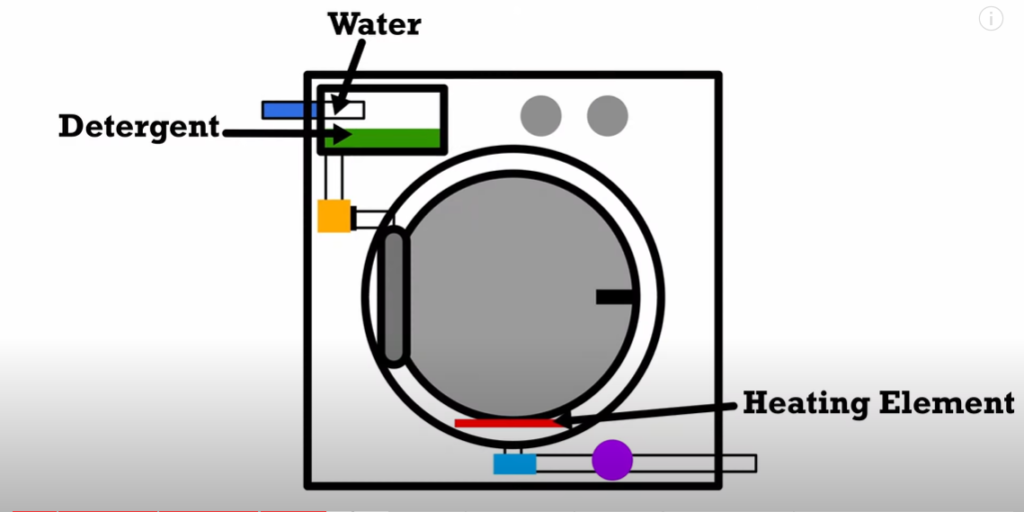
Transferring clothes to the dryer or drying rack is the next step. For those who opt to air dry their laundry, strategically arranging clothes on a drying rack or outdoor clothesline is essential for optimal drying and preventing wrinkles. Meanwhile, loading the dryer efficiently with similar fabrics and ensuring the lint trap is clean helps promote even drying and prevents overheating.
Turning on the dryer initiates the drying process, with warm air circulating to evaporate moisture from the clothes. Some dryers offer various settings, including timed drying or sensor-based cycles that automatically shut off when clothes are dry. Regularly checking the progress ensures clothes aren’t overdried, which can lead to shrinkage and damage.
Completing the laundry cycle brings a sense of satisfaction knowing that clothes are clean, fresh, and ready to wear. Properly folding or hanging clothes and returning them to their designated storage spaces ensures an organized wardrobe and simplifies the process for the next laundry day..
7. Spin Cycle: The spin cycle, a pivotal stage in the laundry process, holds the promise of efficiently wringing out excess water from clothes, bringing them one step closer to being clean, fresh, and ready to wear. As how washing machines work in transitions into this phase, the drum begins to whirl with increasing speed, harnessing the centrifugal force to expel water from the fabric fibers.
How washing machines work intensifies as the spin cycle reaches its peak, coaxing droplets of water to escape from the garments. This centrifugal force is a marvel of engineering, leveraging the principle of inertia to separate water from clothes without causing damage to the fabric.
For those who appreciate the convenience of modern appliances, the spin cycle represents a timesaving solution, reducing the moisture content of clothes and shortening drying times. However, for others who opt for more traditional methods of laundry care, the spin cycle may evoke memories of hand-wringing clothes or using a manual wringer to extract water.
As the spin cycle concludes, the drum gradually decelerates, ending the whirlwind of motion. Opening the how washing machines work door reveals clothes that are noticeably lighter and less saturated with water, a testament to the efficacy of the spin cycle in expelling moisture.
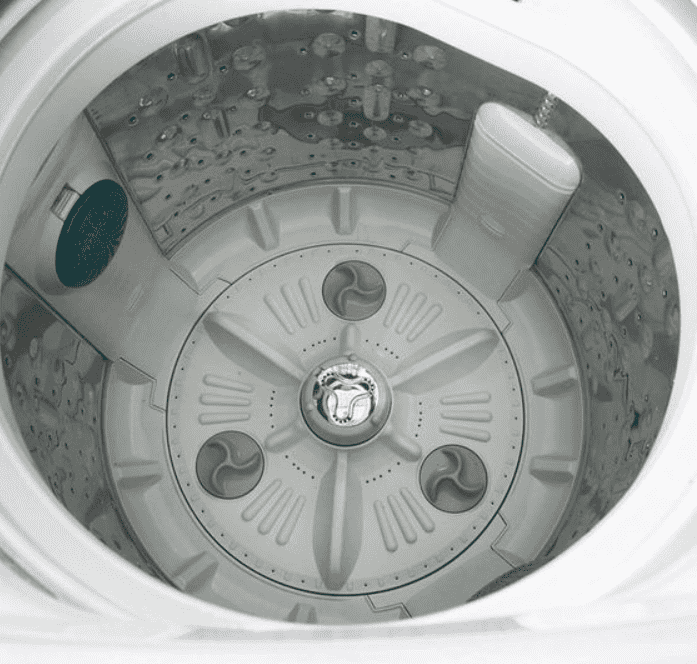
With the completion of the spin cycle, clothes are primed for the next phase of the laundry journey, whether it be air drying on a clothesline, tumbling in the dryer, or carefully laid out on a drying rack. The spin cycle serves as a pivotal bridge between washing and drying, ensuring that clothes emerge from the how washing machines work one step closer to being clean and refreshed.
How Do Agitator Washers Work
Sure, let us break down how agitation works in a washing machine using natural language. When you start a wash cycle, the machine’s motor powers the drum to rotate back and forth or in a pulsating motion. This movement agitates the water and detergent inside, creating a swirling action that helps to dislodge dirt and stains from your clothes. It’s like a gentle yet effective massage for your laundry, ensuring that all areas of the fabric come into contact with the cleaning solution. This agitation process is key to lifting away dirt and grime, leaving your clothes fresh and clean after each cycle.
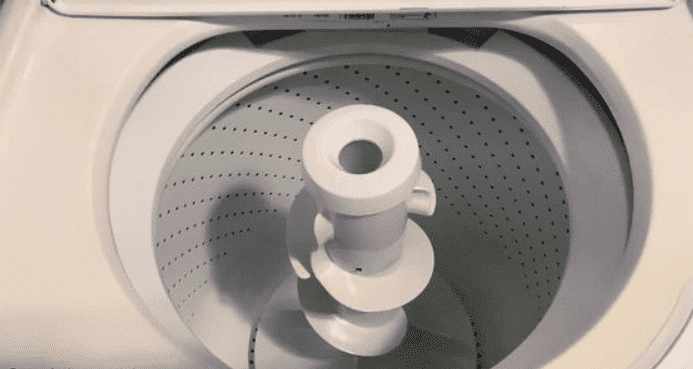
Conclusion
How washing machines work is like teamwork between gears and wires. When you fill it with clothes, it adds water and soap, then spins them around to clean. After, it spins again to wring out the water. It’s cool to think about how all the parts work together to make laundry day easier.
Frequently Asked Questions
How does a washing machine work explain briefly?
The washing machine concept is pretty simple – it agitates your clothes in a soapy suds and water to remove any dirt and stains before spinning to drain the water after the cycle.
How does a washing machine work for dummies?
How washing machines work together by agitating the fabric with water and detergent, which helps remove dirt and stains. The agitation process is achieved by a combination of a spinning drum or tub and an agitator.
How does a washing machine self clean?
To eliminate dirt and residue, the Samsung washer Self Clean feature first soaks the tub in water to loosen any accumulated dirt. Next, it spins the tub at high speeds to detach dirt and mold and rinse it away.
How do you wash clothes really clean?
Step 1: Separate your clothes.
Step 2: Choose washing cycle.
Step 3: Set water temperature.
Step 4: Add detergent and fabric softener.
Step 5: Put in the clothes.
Step 6: Turn on the washing machine.
Step 7: Take out the clothes, clean the washing machine.
Step 8: Agitation



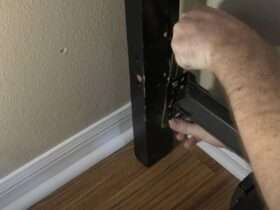
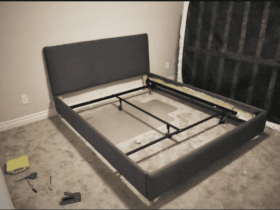



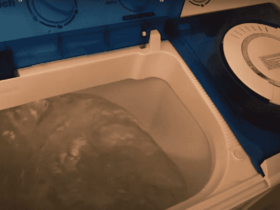
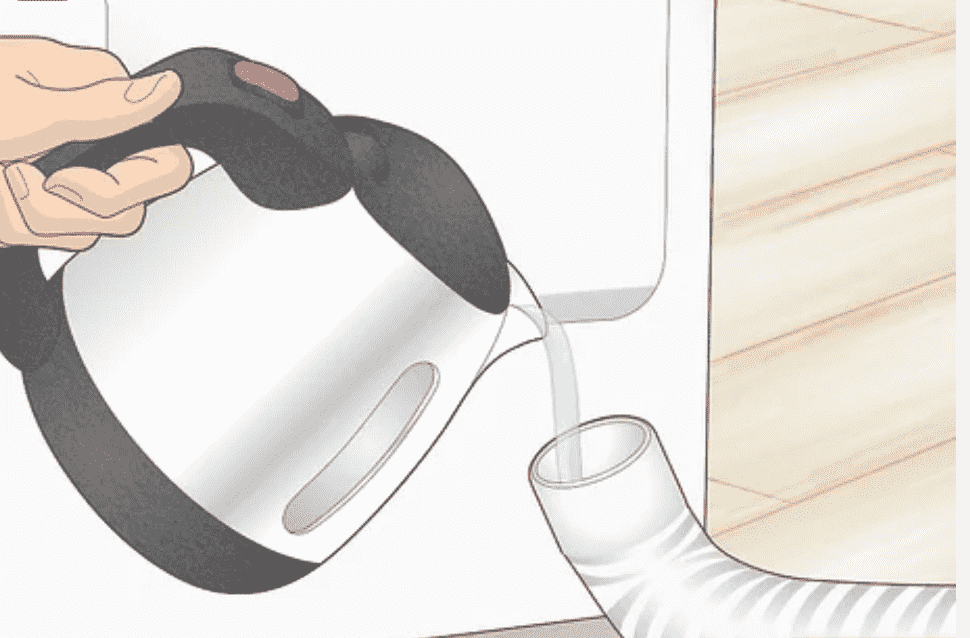
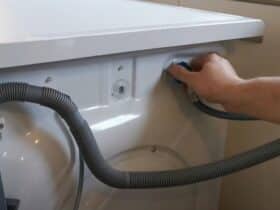

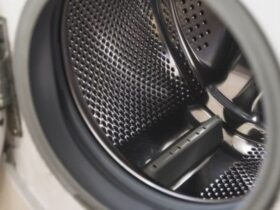

Leave a Reply